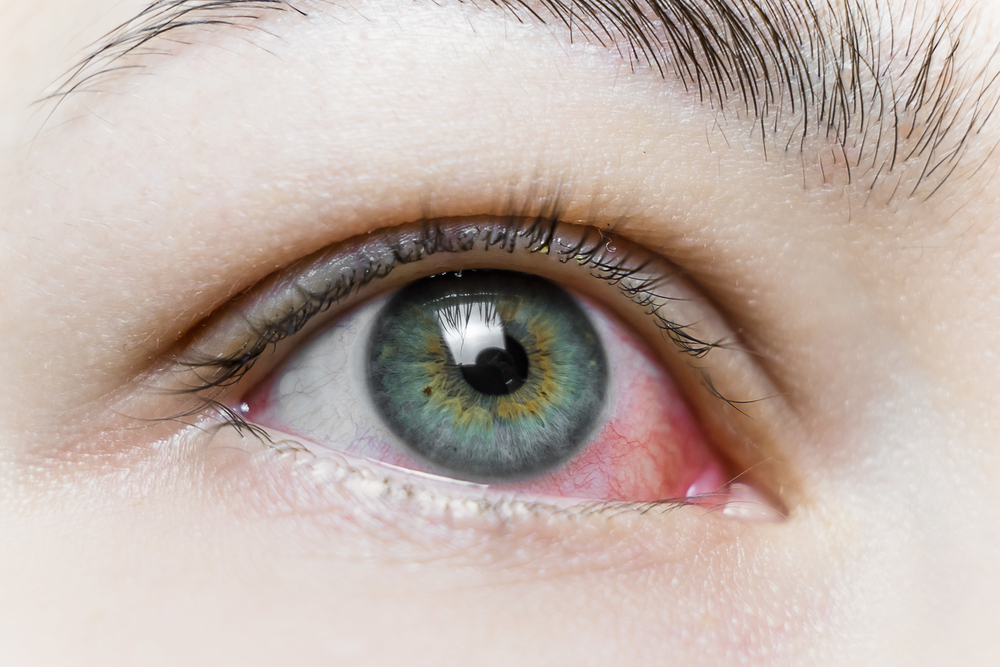Pink eye or conductivities colors the eye pink with irritation or infection. Eyes can be itchy, teary, swollen, or have crusty eyelids. Antibiotic eye drops or ointments are often prescribed, but now there is a statement from the American Academy of Ophthalmology that antibiotics can do more harm than good.
Do You Have Pink Eye?
Often pink eye will disappear on its own in about a week or maybe two. Pink eye, however, is itchy and uncomfortable and spreads quickly, especially in a school setting. If you have pink eye and the following symptoms, see an ophthalmologist right away.
• Pain and trouble seeing,
• Sensitive to light,
• Symptoms have gone on for a week or more and are getting worse,
• Pus and mucus is showing in or around the eye,
• You have a fever or body achiness.
What Can You Do for Pink Eye?
You can take care of the pink eye at home. Stop wearing contact lenses. When your eyes are better, use a new pair of contacts. Your old contacts will be infected with pink eye, and you could get the condition again if you wear old contacts.
Stop wearing eye makeup. Throw out old eye makeup and use new makeup when your eyes are better.
You could have an allergic pink eye, viral pink eye, or bacterial pink eye. You may need to go to the doctor to find out what type of pink eye you have.
Bacterial and Viral Pink Eye Remedies
The bacterial pink eye produces more mucus and pus than allergic or viral pink eye. To reduce symptoms of bacterial or viral pink eye, you can:
• Take ibuprofen,
• Use over-the-counter lubricating eye drops,
• Use a warm, damp washcloth over your eyes for a few minutes. Soak a clean washcloth in warm water and lay the damp cloth over your eyes. Leave it in place until it is cool. Repeat this several times a day. Make sure you use a new washcloth every time.
Measles can cause pink eye. Measles is making a comeback among unvaccinated children, and pink eye can show up before a measles rash. If pink eye is a symptom of the measles, ask yourself these questions:
• Is there an outbreak of measles in your area?
• Has your child been vaccinated for measles?
• Do you have a blotchy rash or high fever (104 degrees F)?
• Are you or your child sensitive to indoor light? Light sensitivity is a symptom of a measles-related pink eye.
Allergic Pink Eye Remedies
If allergies cause pink eye, get rid of the source of the allergy. Allergic pink eye is not contagious, but it is uncomfortable.
• Take allergy medication or use allergy eye drops,
• Use a cool, damp washcloth over your eyes,
• Use over-the-counter lubricating eye drops.
Avoid spreading pink eye by using basic hygiene, clean sheets, and towels, washing your hands, and not sharing makeup or contacts.
Don’t’ use breastmilk for pink eye. Some blogs claim that breastmilk can cure the infection. Using breast milk for pink eye could cause more harm than good.
 843.773.2821
843.773.2821 843.773.2822
843.773.2822
